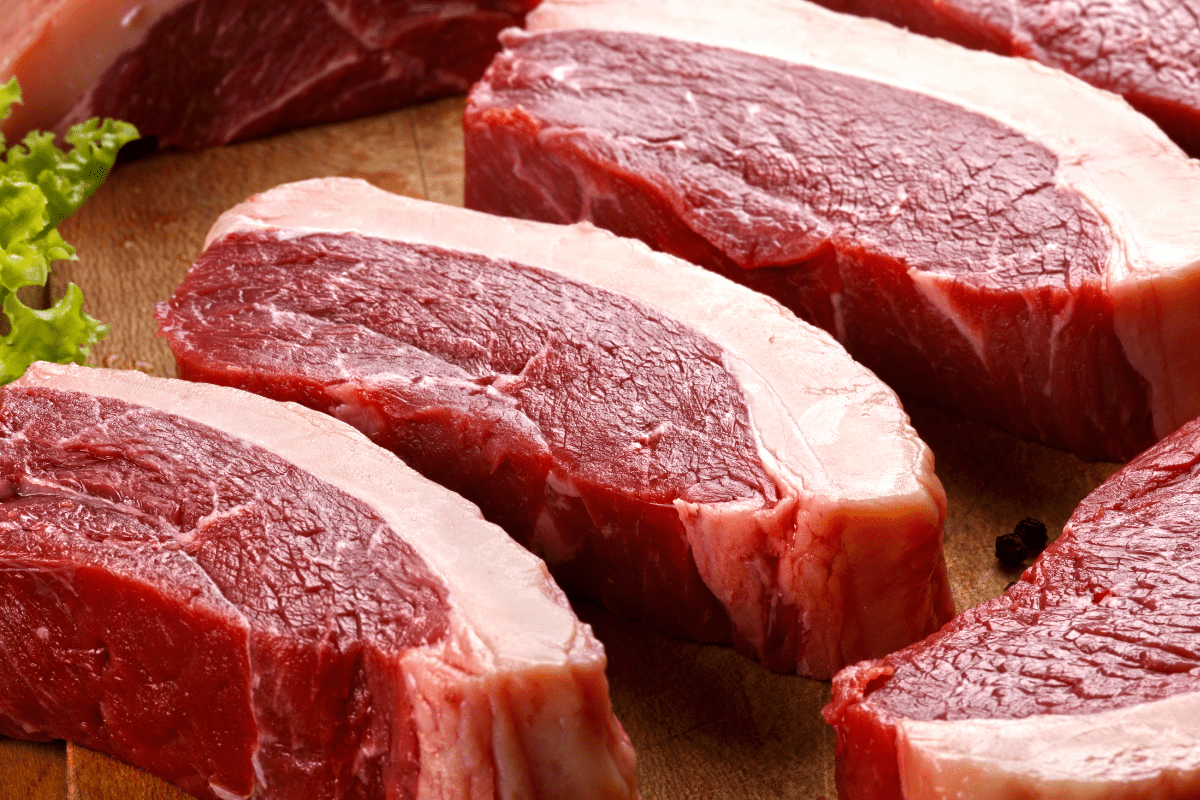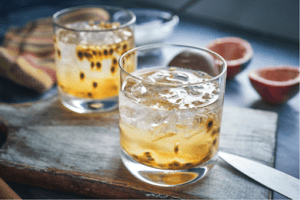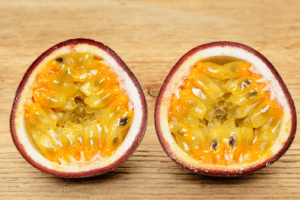Roast Picanha With Garlic Herb Butter and Baby Dutch Potatoes
‘Tis the season for comfort food. With the holidays fast approaching, traditional and family recipes have a special place at the table. In the US, we typically think of whole roast turkey, honey-cured ham, or perhaps the most decadent of all: prime rib with horseradish sauce.
Prime Rib vs Ribeye
“Prime rib” describes the entire rib roast portion, derived from the “primal rib” section of the cow. A prime rib roast can contain anywhere from two to twelve ribs.
By contrast, a ribeye refers to a portion that has been cut from the rib roast. In other words, prime rib and ribeye are from the exact same area of the cow, but the ribeye has been cut from the roast before being prepared.
The key difference is how these cuts of beef are cooked. A ribeye, due to its large size, will need to be seared under high heat then finished low and slow to maintain its tenderness. A ribeye is best grilled or seared over high heat for a few minutes on each side.
Picanha As a Substitute for Prime Rib
As we discuss prime rib and how it is prepared, we can’t help being reminded of another, less traditional (but no less delicious) cut of beef: the picanha. If you are looking for something truly special to serve this Holiday Season, why not try Brazil’s version of prime rib?
What is Picanha?
In the US, picanha is known as a rump cap or sirloin cap, since it is derived from the “rump” section of the cow. You may also find it under the names “rump cover” or “culotte steak.” In the States it is more common to find smaller cuts of the picanha in the form of loin or round steaks.
As such, you may need to visit a specialty butcher or order picanha online. When purchasing your picanha, look for a dry cut (no visible liquid in the packaging) and a fat cap that is at least 1.5 cm in thickness. Your picanha should weigh between 2-3 lbs.
How to Cook Picanha
Picanha is traditionally cooked over a grill on high heat, but it does just as well when slow-roasted in the oven. It will, of course, have a different flavor profile: grilling produces a delicious smoky, almost-charred taste, while roasting in the oven brings out the truly succulent and beefy flavor.
You will start by bringing your picanha to room temperature. Score the fat cap and season liberally with salt and pepper. Next you will sear the picanha to a crisp it while the oven preheats. Prepare a whipped emulsion of butter, fresh herbs, and minced garlic to top your finished dish.
Roast Picanha with Garlic Herb Butter and Baby Dutch Potatoes
Ingredients:
*For the Roast Picanha and Potatoes
2.5 lbs picanha
4 cloves garlic
Olive Oil
2 tablespoons kosher salt
Freshly ground black pepper
1 pound yellow new potatoes/baby Dutch potatoes
*For the Garlic Herb Butter
2 sticks of softened butter
2 clove of finely minced garlic
1 teaspoon of kosher salt
1 tablespoon of fresh lemon juice
3 tablespoons fresh parsley, chopped
1 tablespoon fresh chopped thyme
1 tablespoon fresh chopped rosemary
1 tablespoon fresh chopped sage
Freshly ground black pepper
Directions:
- Trim the fat from your picanha to about 0.5 cm and let it sit at room temperature for one hour.
- Score the trimmed fat cap and rub salt and pepper all over the roast.
- Heat a skillet or frying pan over medium-high heat and preheat your oven for 400 degrees fahrenheit.
- Add 1 tablespoon of olive oil to your preheated skillet and brown the roast on all sides, approximately 2 minutes each side.
- While the meat browns, prepare your roasting pan and potatoes. Line the pan with aluminum foil for easier clean up. Wash the baby potatoes and put them in the pan. Lightly toss with olive oil, freshly ground black pepper, and kosher salt.
- When the roast is browned on all sides, put it in the same roasting pan as the potatoes. Clear a spot for the roast so the potatoes surround it as everything cooks.
- Roast the picanha and potatoes until the potatoes are fork tender and the meat reaches an internal temperature of about 129 degrees (30-40 minutes). This will carry over to medium rare (135 degrees fahrenheit) as the meat rests.
- Cover the roast and potatoes with foil and let the meat rest for fifteen minutes.
- While the meat rests, prepare your garlic herb butter:
- In a stand mixer, add your chopped garlic and lemon juice. Let this sit for a few minutes. The acid in the lemon juice will “cook” your garlic and eliminate the bite of raw garlic.
- Add in the butter, chopped herbs, salt, and black pepper (to taste). Blend using the whisk attachment to the butter is whipped until fluffy.
- You can serve the whipped butter immediately with your steaks or make it ahead of time. Roll it into a log shape using plastic wrap and then cut into disks to put on top of your dish.
Slice your roast against the grain and top with herb butter. The butter will melt into the steak and roasted potatoes, making a truly flavorful and unforgettable meal.
Give the Gift of Churrasco This Holiday Season
For the carnivore in your life, what could be better than a gift card to one of our 50+ Brazilian steakhouses across the US? We offer standard and digital options for your convenience. Go online today to purchase your card in time for the Holidays.
If home cooking is more your style, we offer three curated butcher boxes with prime cuts of meat delivered to right your door. Pair your meat with bottles of select Dao Vineyard wines for the ultimate gift.



